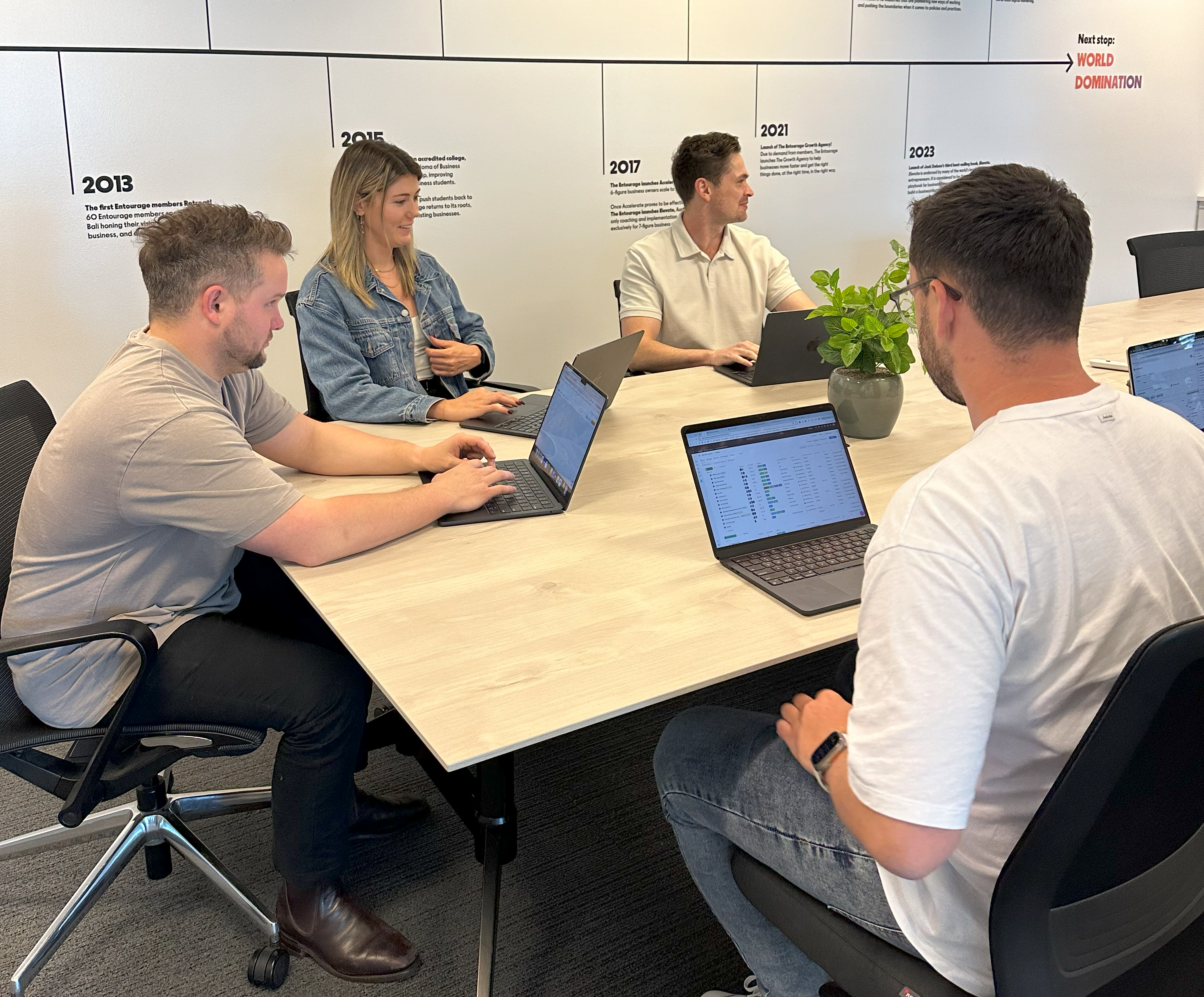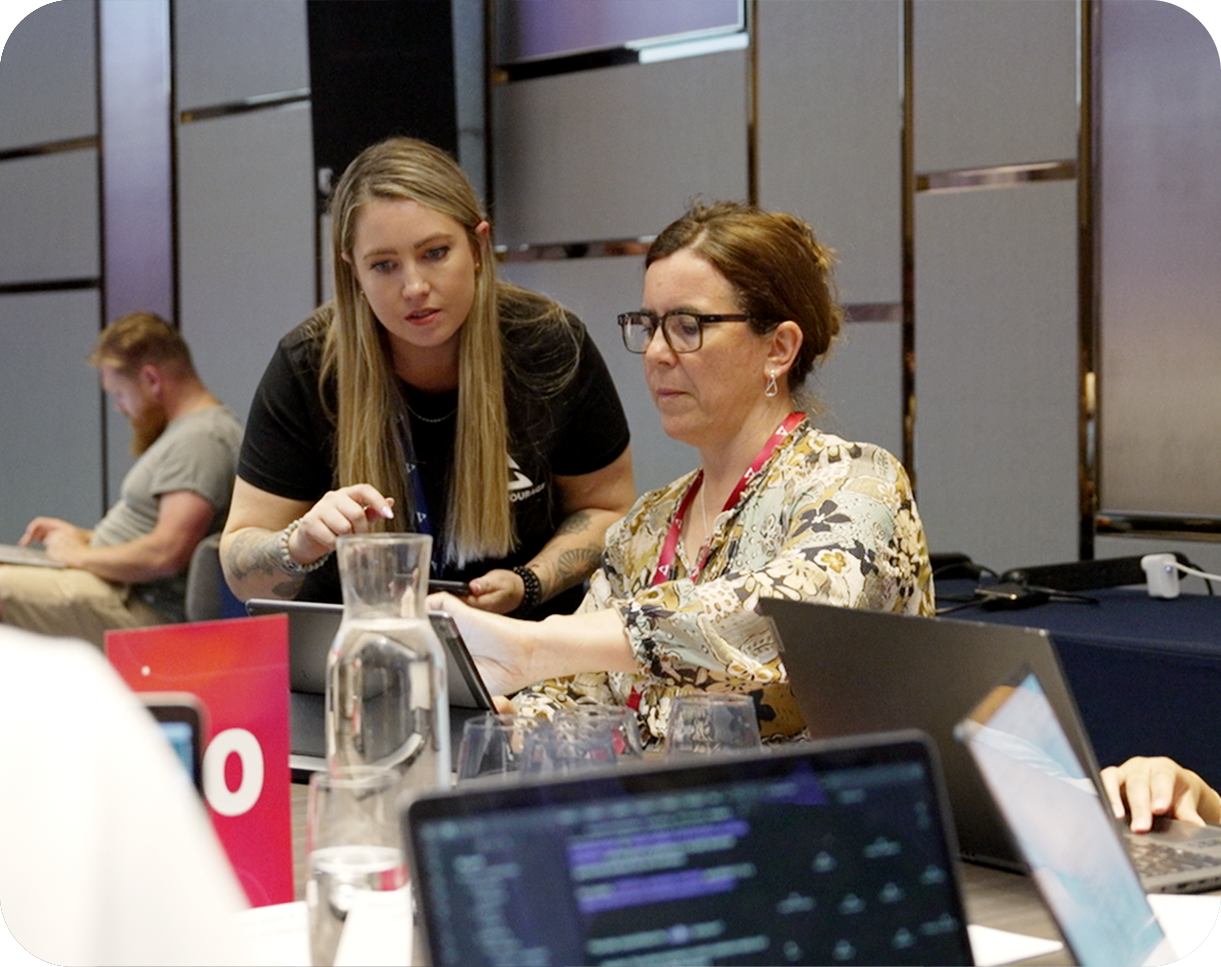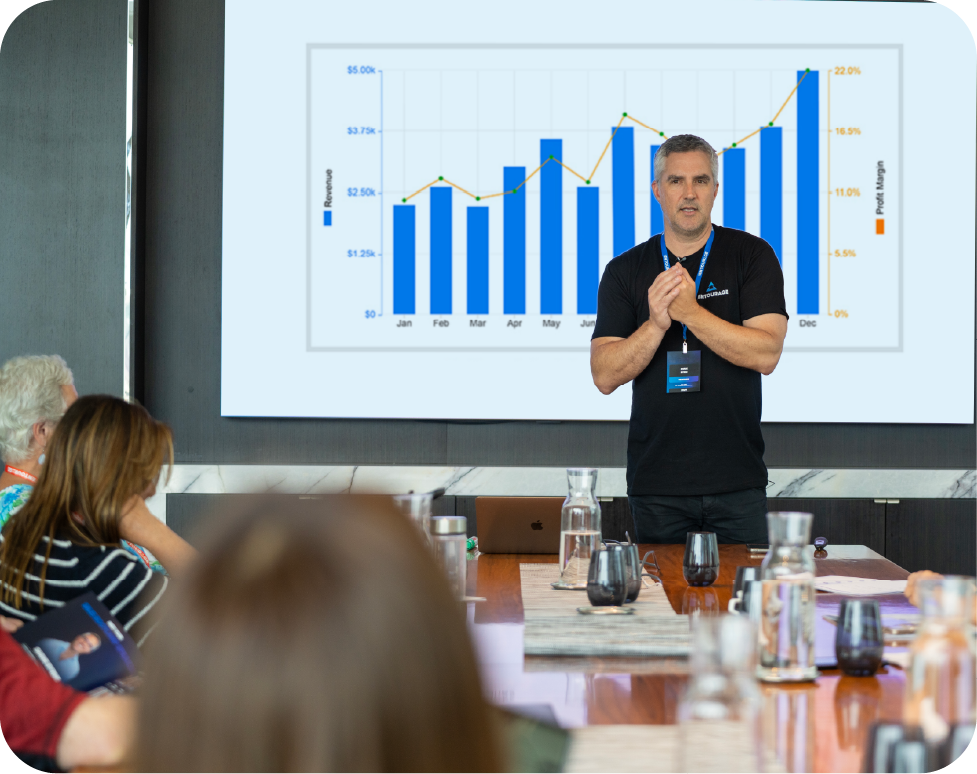Search engine optimisation (SEO) can be a game-changer for small businesses. When done well, it improves your visibility on search engines, drives organic traffic, and ultimately brings in more customers. But when done poorly, or ignored altogether, it can quietly stall your growth while competitors leap ahead.
Unfortunately, many small business owners unknowingly make avoidable mistakes that hurt their rankings. Whether it’s due to outdated advice, tight budgets, or time constraints, even minor SEO missteps can have a significant impact.
In this article, we’ll break down the top 10 SEO mistakes small businesses should avoid, and what to do instead.
1. Neglecting Keyword Research
Mistake: Creating content without knowing what your audience is actually searching for.
Too many small businesses rely on guesswork when choosing keywords. They assume they know what their customers are looking for, but assumptions can lead to low-traffic pages that don’t convert.
Solution: Use free tools like Google Keyword Planner, Ubersuggest, or AnswerThePublic to identify high-volume, low-competition keywords relevant to your products or services. Focus on long-tail keywords that reflect user intent, like “affordable wedding photography Brisbane” instead of just “photographer.”
2. Not Optimising for Local SEO
Mistake: Failing to target location-specific searches.
If you’re a brick-and-mortar business or serve specific geographic areas, local SEO is crucial. Ignoring it means missing out on customers actively searching for nearby services.
Solution: Create or claim your Google Business Profile, include your business address and contact details on your site, and use location-based keywords in your content and meta tags. For example, if you’re a plumber located on the Gold Coast then you should try and include phrases like “gold coast plumber” within your content. Also, get listed in local directories and encourage reviews. You might decide it’s a good idea to engage the services of a Gold Coast seo agency to help you manage these types of processes.
3. Overlooking Technical SEO
Mistake: Having a slow, poorly structured, or mobile-unfriendly website.
Google doesn’t just care about content, it also looks at how your website performs. Pages that load slowly, aren’t mobile-friendly, or have broken links will struggle to rank.
Solution: Use tools like Google PageSpeed Insights, GTmetrix, or Screaming Frog to audit your site. Ensure:
- Fast load times (under 3 seconds)
- Mobile responsiveness
- Proper internal linking
- Clean URL structure
- Secure HTTPS connection
4. Ignoring Meta Titles and Descriptions
Mistake: Leaving default or duplicated meta titles and descriptions on pages.
Your page title and meta description are what users see in search results. If they’re missing, vague, or duplicated across multiple pages, you’re wasting SEO potential and hurting your click-through rate.
Solution: Write unique, keyword-rich titles and meta descriptions for every important page. Make them compelling to encourage clicks while keeping them within character limits (60 for titles, 160 for descriptions).
5. Publishing Thin or Duplicate Content
Mistake: Creating low-value pages or copying content from elsewhere.
Google penalises websites with “thin” content, pages that lack depth, substance, or originality. Duplicate content, even from your own site, can also confuse search engines and dilute your authority.
Solution: Invest in quality over quantity. Every page should provide genuine value, answer a question, or solve a problem. Aim for in-depth content that’s well-structured, easy to read, and uniquely yours.
6. Failing to Optimise Images
Mistake: Uploading large, uncompressed images with missing alt text.
Big images slow down your website, and missing alt attributes are a missed opportunity for accessibility and SEO.
Solution: Compress images using tools like TinyPNG or ImageOptim before uploading. Always add descriptive alt text using relevant keywords, and use appropriate filenames (e.g., “gold-coast-hairdresser-salon.jpg” instead of “IMG_7891.jpg”).
7. Not Building Backlinks
Mistake: Focusing only on on-page SEO and ignoring backlinks.
Backlinks, links from other websites to yours, are a major ranking factor. If you don’t actively build or earn them, your site’s authority and visibility may suffer.
Solution: Build backlinks through:
- Guest blogging
- Partnerships with local businesses
- Submitting to relevant directories
- Creating shareable content (e.g. infographics, research, how-to guides)
- Reaching out for mentions and PR opportunities
Avoid shady link-building schemes or paid backlinks, they can do more harm than good.
8. Not Tracking Results
Mistake: Implementing SEO changes without monitoring performance.
If you’re not tracking what’s working and what’s not, you’re flying blind. You may continue doing things that have no impact, or worse, are hurting your SEO.
Solution: Set up Google Analytics and Google Search Console to monitor traffic, impressions, click-through rates, and rankings. Track performance over time, and adjust your strategy based on the data.
Pay attention to:
- Top-performing pages
- Bounce rates
- Keyword rankings
- Conversion paths
9. Keyword Stuffing
Mistake: Overloading your content with the same keyword in an attempt to rank.
Gone are the days when cramming your main keyword 50 times onto a page would boost your rank. Today, Google rewards natural, user-focused content, and penalises keyword stuffing.
Solution: Write for humans first, search engines second. Use your main keyword strategically:
- In the headline
- Once or twice in the first paragraph
- In at least one subheading
- Sparingly throughout the content
Also, include related keywords and phrases (called semantic keywords) to strengthen your topic relevance.
10. Treating SEO as a One-Time Task
Mistake: Thinking you can “set and forget” your SEO strategy.
SEO is not a one-off checklist, it’s an ongoing effort. Algorithms change, competitors improve, and your content can become outdated.
Solution: Treat SEO as a continuous process. Regularly:
- Update old content with new insights and data
- Revisit keyword strategy
- Audit site performance
- Add internal links to new blog posts
- Stay informed about Google algorithm updates
Consistency and patience are key, SEO takes time, but the long-term payoff is worth it.
Final Thoughts
Small businesses often have limited time and resources, so it’s understandable that SEO sometimes falls by the wayside. But avoiding these 10 common mistakes can make a big difference in how your website performs, and how many customers find you online.
By focusing on strong foundations, providing genuine value to your audience, and committing to ongoing optimisation, you’ll build a site that not only ranks well but also converts visitors into loyal customers.
Remember: SEO isn’t just about pleasing Google. It’s about creating a better, faster, and more helpful experience for the people you want to serve.
Related Categories
Ryan Terrey
As Director of Marketing at The Entourage, Ryan Terrey is primarily focused on driving growth for companies through lead generation strategies. With a strong background in SEO/SEM, PPC and CRO from working in Sympli and InfoTrack, Ryan not only helps The Entourage brand grow and reach our target audience through campaigns that are creative, insightful and analytically driven, but also that of our 6, 7 and 8 figure members' audiences too.





